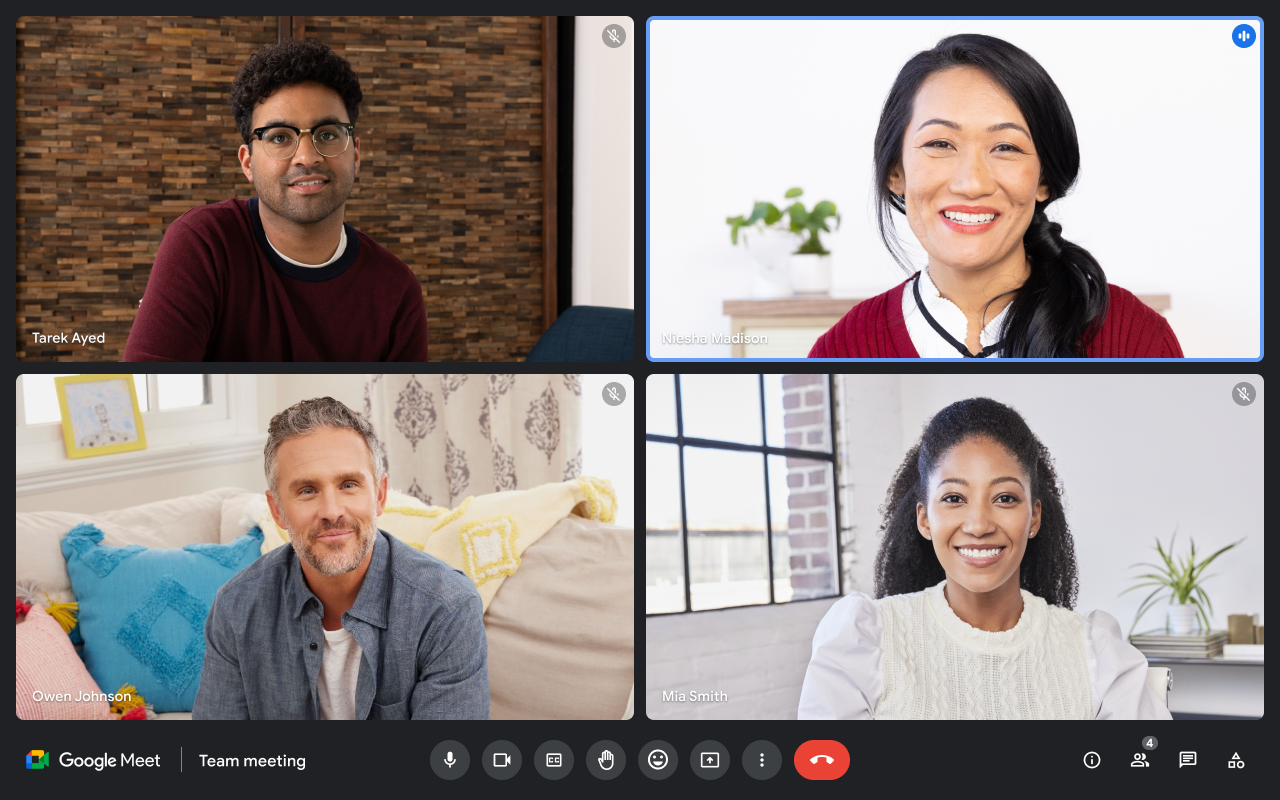Marketing your course is easy, and it’s all about shareable content, email campaigns, and engaging with your audience.
1. Create a free online course

Start with a free online course
This is the most obvious way to market courses, but it’s also one of the least effective in terms of long-term success. The problem with this method is that you’re essentially giving away something for free—and people don’t always see value in getting something for free.
However, according to one of Wise App’s power users, “We always start with free demonstrations and check out who is paying attention. Once we have that number, selling becomes easier, plus, since they are in the system, talking to them is much simpler.”
Sure, there are plenty of people who will take any opportunity to get access to high-quality content or services (and maybe even pay for them), but many others won’t unless they feel compelled by the quality or value provided by what’s being offered (and I’m sure we’ve all experienced how difficult it can be convincing someone their product or service would benefit them).
Use your free course as an incentive for signing up for paid courses
If you have a membership site like wise.live where memberships are purchased with products and/or services, this method could work well! By offering your members access through their membership site rather than directly through yours, not only do they still receive value from using those products/services but also now have an easy way into signing up again later when something similar comes along again without having
to go through another process altogether, like creating another account each time…
2. Run a webinar

Create a webinar
Use live platforms like Zoom to create webinar invites that you can send out en masse. These will become your lead magnets, places where prospective customers congregate to.
Run a webinar
- Set up an event page to run your webinar. you can use social media platforms like Facebook and LinkedIn for organic reach. Or you could use an events platform like Townscript, Insider to run it as a ticketed event.
- Use a webinar tool to record, host, and track your webinars. You can use tools like GoToWebinar or Telestream Wirecast Pro to host your event (and they’re available on most platforms). You also need to set up some sort of landing page where students can sign up for the event—this will help you get people excited about it!
- Provide value through content that helps those who attend learn more about what you do as well as how you do it differently than others who may offer similar courses in their field of expertise (e.g., writing). For example: “In this class, we’ll focus on getting started writing articles for various online publications, including Forbes Magazine.”
3. Email marketing campaigns

Email marketing campaigns are a great way to promote your courses and build an audience. You can use email marketing to sell your courses, or you can use it as a way of promoting the benefits of taking specific courses in general.
The first step is creating an email list by signing up for one of the main email providers (like MailChimp). Then, craft an engaging subject line that will catch their attention—and make sure it’s something they will want to open! For example: “Are you ready? This course will teach you how I built my first million dollar business” is better than “How did I build my first million dollar business?!” because people are more likely to click on things like that than ones like “learn [subject].”
Once someone signs up for your list via this method, send them emails about new content related specifically to whatever niche interests them most—maybe there’s some information about entrepreneurship at hand here which could be helpful. Or maybe there’s something specific coming up soon which would be relevant too?
4. Guest post on a blog

Guest posting on a blog is another great way to get your name out there. If you have expertise in the field, and it’s relevant to the audience of that blog, then you should ask permission (assuming they are open to having guest posts) or create an article on their site using one of their writers as a co-author. This will give them another opportunity to share what you did with their readership and increase traffic from people interested in learning more about what you do.
If possible, try writing not only about yourself but also about other people who work for similar companies or services as yours so that it doesn’t feel too self-promotional; otherwise, people may think, “Oh no! It’s just another company trying its hardest again…
5. Use social media to get your message out there

Social media is a great way for tutors and content creators to reach your audience. It’s also a great place to share content and engage with them, promote products and services, build relationships with clients or potential clients, etc. If you have any kind of business where social media is important (like an online course), then it can help you get the word out about your course quickly.
You may already be using social media platforms like Facebook or Twitter for marketing purposes—if so, then keep reading because there are still ways that you can use these platforms even more effectively!
Marketing courses are easy

The first step to marketing is creating shareable content. You need to write something people want to read or watch multiple times. Your goal is not just to teach them how to do something but also to get them excited about what you teach so they’ll share it with their friends.
Another important aspect of marketing courses is making sure your course has high-quality videos and images, which will help increase conversions (people who download the course). You can use free resources like YouTube or Vimeo as well as paid ones such as Shutterstock Creative Market or Adobe Stock Images.
Conclusion
We think that the best way to market a course is by creating content that can be shared, and used in email campaigns and social media. The more content you have, the more likely people will buy one of your courses.




